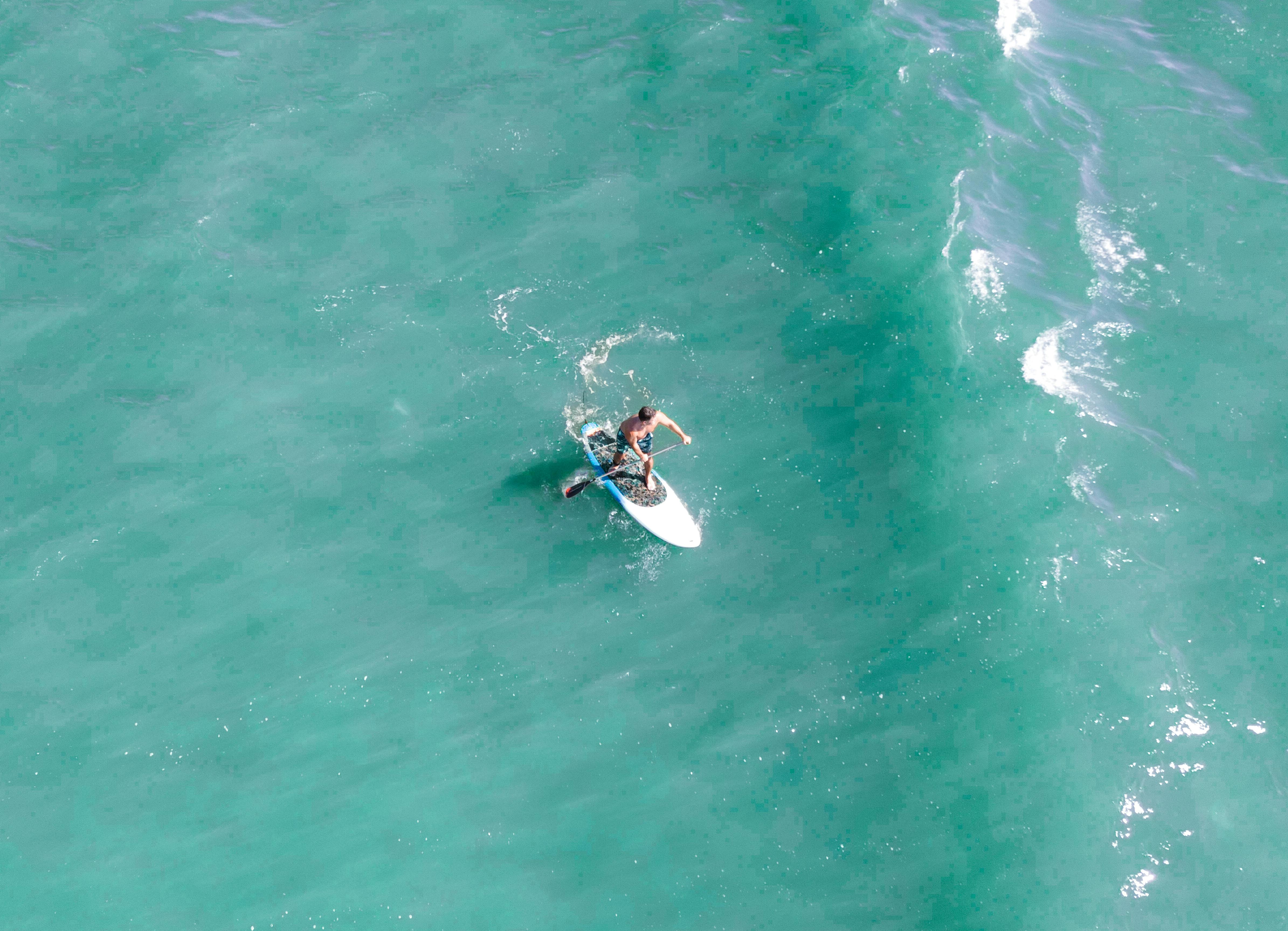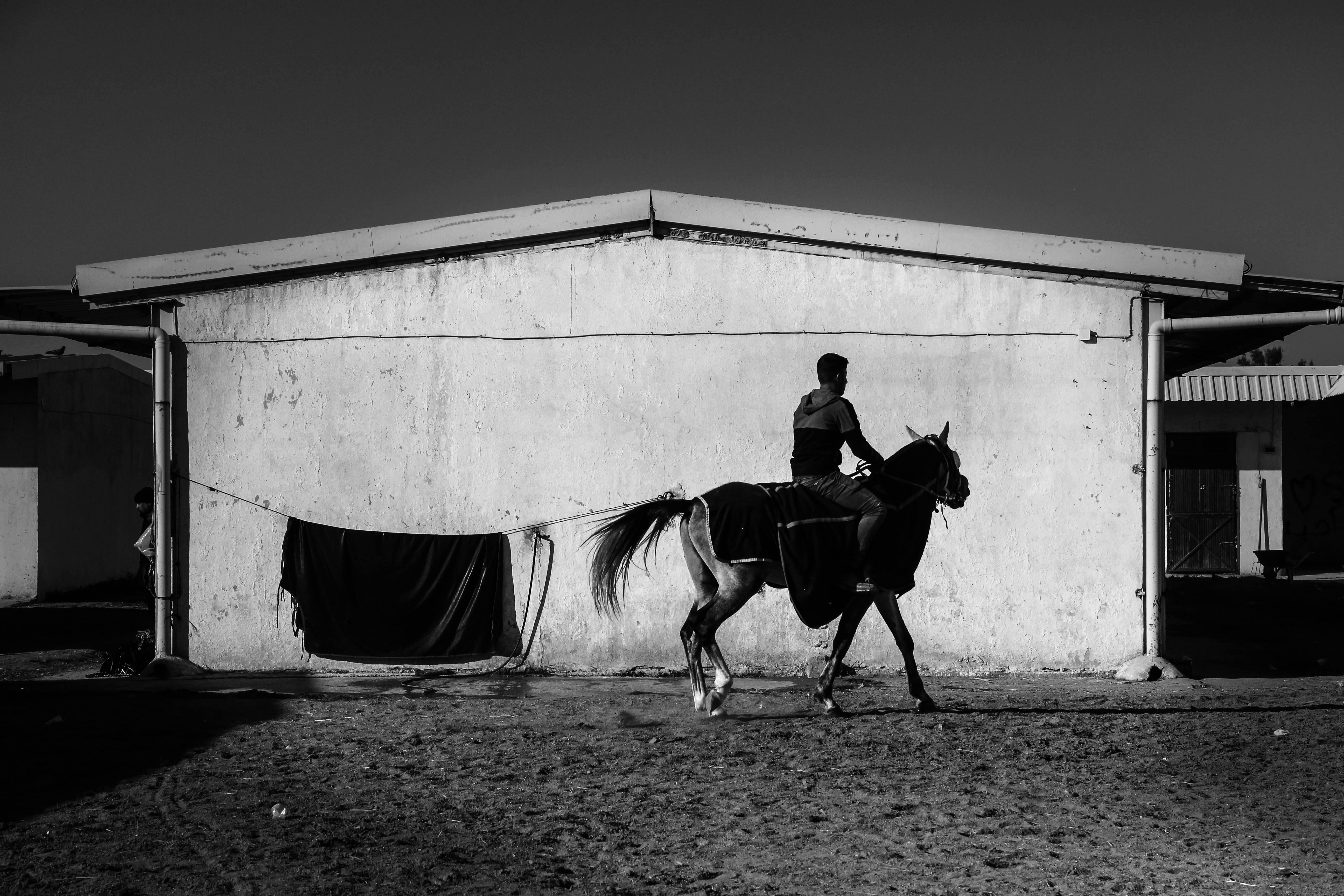The Rise and Impact of Romany Sport in Modern Athletics
Romany sport is rapidly transforming the athletic world. As fitness and performance training evolve, this innovative approach is gaining traction among professionals and enthusiasts alike. In this article, we’ll delve into the essence of romany sport, examine its foundational principles, and explore how it’s applied in real-world scenarios to boost performance, resilience, and movement intelligence.

Understanding the Fundamentals
Romany sport is a progressive training system rooted in holistic athleticism and adaptability. Unlike conventional routines, it prioritizes fluid movement, multidimensional engagement, and neuro-physical integration. Its goal is not just performance, but sustainable, dynamic growth.
Originating from interdisciplinary roots such as martial arts, dance, and sports science, romany sport has evolved into a discipline that bridges body mechanics and performance psychology. It’s designed for anyone seeking to move smarter, train harder, and prevent injuries effectively.
1.1 Movement Intelligence
Movement intelligence refers to the body’s ability to adapt and perform under dynamic, real-world conditions. Romany sport cultivates this through varied drills that emphasize proprioception, coordination, and spatial awareness.
For instance, athletes might perform rotational lunges on uneven surfaces to simulate sport-specific instability. This enhances neural pathways, making movements more automatic and responsive. A common misconception is that repetition builds mastery—but it’s variability within repetition that romany sport embraces.
1.2 Neuro-Integrated Training
Neuro-integrated training combines physical tasks with mental stimuli to sharpen cognitive performance during athletic exertion. This contrasts with traditional drills, which often separate physical and mental training.
Romany sport sessions might involve reaction-based sprints with verbal cues or decision-based agility ladders, increasing reaction time and situational awareness. This integrated method boosts overall athletic IQ and decision-making under pressure.
Practical Implementation Guide
Now that we understand the core of romany sport, it’s time to put it into action. Adopting this training style doesn’t require a full overhaul of your current routine. Instead, it’s about layering smarter, more responsive exercises into existing systems. Expect enhanced mobility, strength, and neural efficiency over time.

2.1 Actionable Steps
- Start with Baseline Testing: Measure current mobility, reflexes, and stability to personalize your plan.
- Introduce Foundational Drills: Use multi-planar lunges, balance challenges, and controlled rotations.
- Track Progress Weekly: Log performance metrics like agility, endurance, and neuromuscular response.
2.2 Overcoming Challenges
Adopting a new training system comes with hurdles. Here are a few common ones:
- Overwhelm: Start with 1-2 new movements weekly to avoid burnout.
- Inconsistent Results: Commit to regular practice to see neurological adaptation.
- Lack of Equipment: Most drills are bodyweight or require minimal tools.
Experts recommend pairing romany sport with journaling or video feedback to refine technique. Watch for signs of overcompensation or fatigue—these indicate form degradation, which can be corrected with rest or regressions.
Advanced Applications
Once the foundations of romany sport are mastered, advanced variations unlock greater gains in power, balance, and endurance. These techniques are especially effective for elite athletes, coaches, and therapists.

3.1 Reactive Patterning
This technique pushes athletes to perform under unpredictable conditions. Using environmental cues or partner-based unpredictability, reactive patterning mimics in-game challenges, helping athletes respond faster and more accurately.
Case studies show a 20% improvement in on-field decision-making and spatial positioning after just 8 weeks of reactive training. This makes romany sport ideal for team sports, combat sports, and emergency response training.
3.2 Multisystem Integration
Romany sport isn’t just physical—it’s an ecosystem of movement, cognition, and emotional control. Advanced training syncs heart rate variability, breathwork, and kinesthetic drills for total system optimization.
It integrates seamlessly with physiotherapy, yoga, and tactical fitness. However, compatibility hinges on individualized programming and coaching awareness to avoid overlaps or overtraining.
Future Outlook
Romany sport is poised for major growth as the demand for smarter training escalates. With wearable tech and AI-driven feedback tools, personalized sport adaptation will become even more precise and immersive.
Over the next 3–5 years, expect to see romany sport influence curricula in schools, professional sports organizations, and rehabilitation programs. Athletes can prepare by staying adaptable, investing in cross-disciplinary learning, and tracking both physical and mental metrics in training.
Conclusion
Here are the three biggest takeaways:
- Romany sport is a holistic, neuromuscular training system revolutionizing the fitness world.
- It enhances movement intelligence, performance resilience, and brain-body synchronization.
- Its applications span from beginners to elite athletes, making it both accessible and powerful.
By integrating romany sport into your routine, you invest in future-proof performance. Start with small adjustments today and build a foundation for long-term success in any physical discipline.
Ready to level up? Begin by testing your movement patterns and incorporating one new drill each week to experience the difference firsthand.
Frequently Asked Questions
- Q: What is romany sport? Romany sport is a training system that enhances body and brain coordination for superior athletic performance through varied, responsive movement patterns.
- Q: How do I get started? Begin with basic drills focusing on mobility, balance, and neural coordination. Progress slowly and track your improvements.
- Q: How much time does it take to see results? Most users report noticeable improvements within 4–6 weeks, depending on frequency and intensity of practice.
- Q: Is romany sport expensive? It can be practiced with little to no equipment. Costs may arise if you hire a coach or attend workshops, ranging from $50 to $200 monthly.
- Q: How does it compare to traditional training? Unlike rigid routines, romany sport emphasizes adaptability and brain-body synergy. It’s more functional but may require more mental engagement.
- Q: Is it difficult to learn? The learning curve is moderate. While beginners can start easily, mastering advanced concepts takes time and guided instruction.
- Q: Can it be used in professional sports? Absolutely. Many elite coaches integrate romany sport into athlete conditioning, especially for sports requiring quick reflexes and adaptability.
